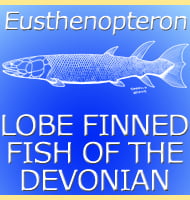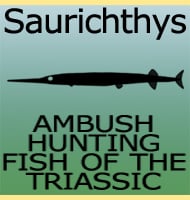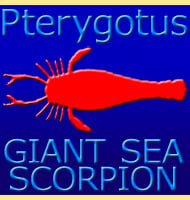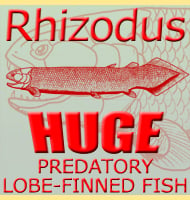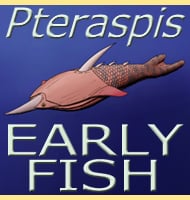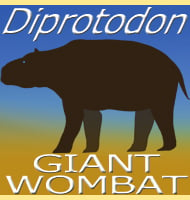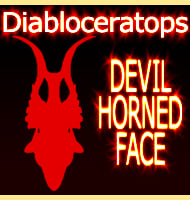In Depth
Dinosuchus is a problematic genus of crocodile as currently the only fossil attributed to the genus is a vertebra. A second species was once named as D. neivensis upon the basis of a partial mandible, but this fossil was moved to Brachygnathosuchus before finally being referred to the giant Purussaurus.
Very special care should be taken not to confuse Dinosuchus with the giant North American crocodile Deinosuchus, not only because they are both alligatoroid crocodiles, but because both of their names can be translated to English to mean ‘terrible crocodile’.
Further Reading
- Crocodile gigantesque fossile au Br�sil. - Journal de Zoologie 5: 232–236. - P. Gervais - 1876. - Brachygnathosuchus braziliensis, a new fossil crocodilian from Brazil. - Bulletin of the American Museum of Natural History 44 (6): 43–49. - C. C. Mook - 1921. - �ber die Namen einiger brasilianischer fossiler Krokodile. Centralblatt f�r Mineralogie, Geologie und Palaeontologie 12: 378. - F. Nopsca - 1924. - Fossil Crocodilians from Colombia and the Cenozoic history of the Crocodilia in South America. - University of California Publications in Geological Sciences 52: 1–157. - W. Langston - 1965.

